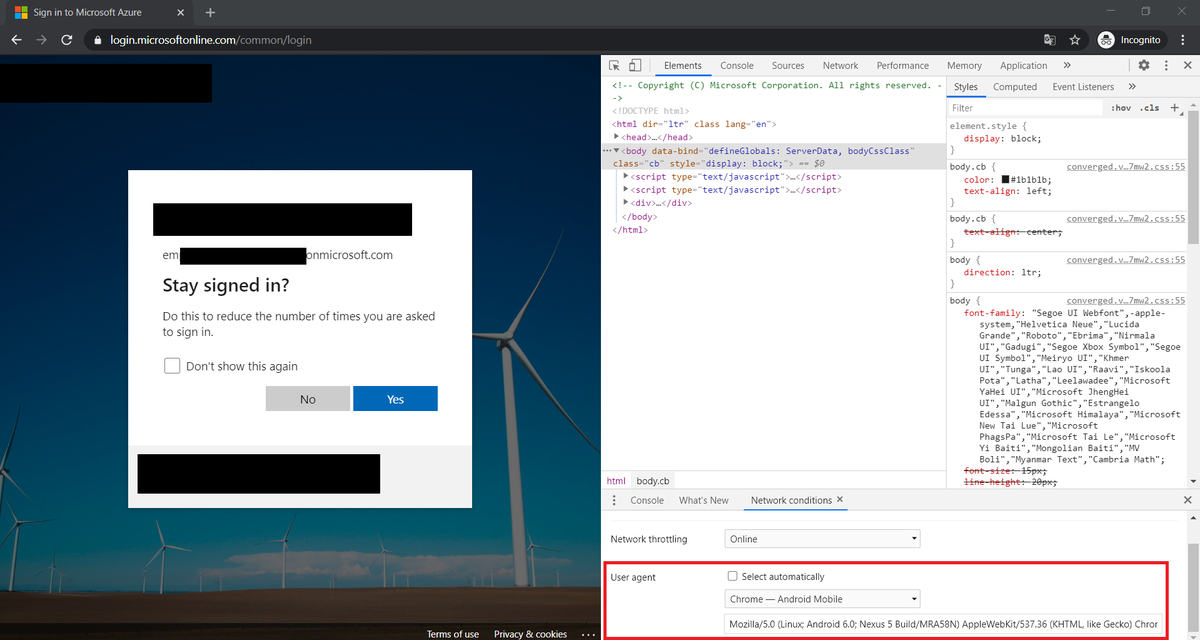
Turn on two-factor verification prompts on a trusted deviceĭepending on your organization's settings, you may see a check box that says "Don't ask again for n days" when you perform two-factor verification. To delete your account from the Microsoft Authenticator appįrom the Microsoft Authenticator app, select the account you want to delete, then select Settings and Remove account.


Go to the Security info page, find the device you want to delete and select Delete. To delete your device from your work or school account Typically you delete your device to permanently remove a lost, stolen, or old device from your account, and you delete your account to try to fix some connection issues or to address an account change, such as a new user name. You can delete your account from the Microsoft Authenticator app, and you can delete your device from your work or school account. You'll be asked to approve a notification through the Microsoft Authenticator app, to verify your information.ĭelete your account or device from the Microsoft Authenticator app Select Choose a method and then Authenticator app.įollow the on-screen instructions, including using your mobile device to scan the QR code, and then select Next. Go to the Security info page using the steps above. Microsoft have said they are working on improving the management experience with hybrid at Ignite last year, but that does not cover the need for SMTP relay scenarios like you describe.Important: If you already set up your work or school account in the Microsoft Authenticator app, you don't need to do it again. Given that you have an on-premises server, you would use that as your apps and devices SMTP relay device as well. With hybrid you need to maintain an on-premises Exchange Server for cloud mailbox management as you are doing AD Sync. " that with hybrid you will never move away from this scenario. This is regardless what it says in the support article under Direct Send about it being for internal mailboxes only (see the other scenarios text where it talks about using Direct Send for mailing lists - which are external by their nature).Īs for #3, you realise when you say "We will eventually move away from this and our internal mail server which is why we are not deploying new services that point to our internal mail server. This is why I did not suggest you try Option #1 and only either #2 or #3.įor either of these, it does not matter if the recipient is internal or external.


Therefore for #1 you would need to login with the actual From address and not another account, but then MFA would impact you. The error "Diagnostic-Code: smtp 550 5.7.60 SMTP Client does not have permissions to send as this sender" means that the account you are logging in with does not have permission to send as the From address you are specifying. When I said that MFA has nothing to do with this, I mean this specific error.


 0 kommentar(er)
0 kommentar(er)
